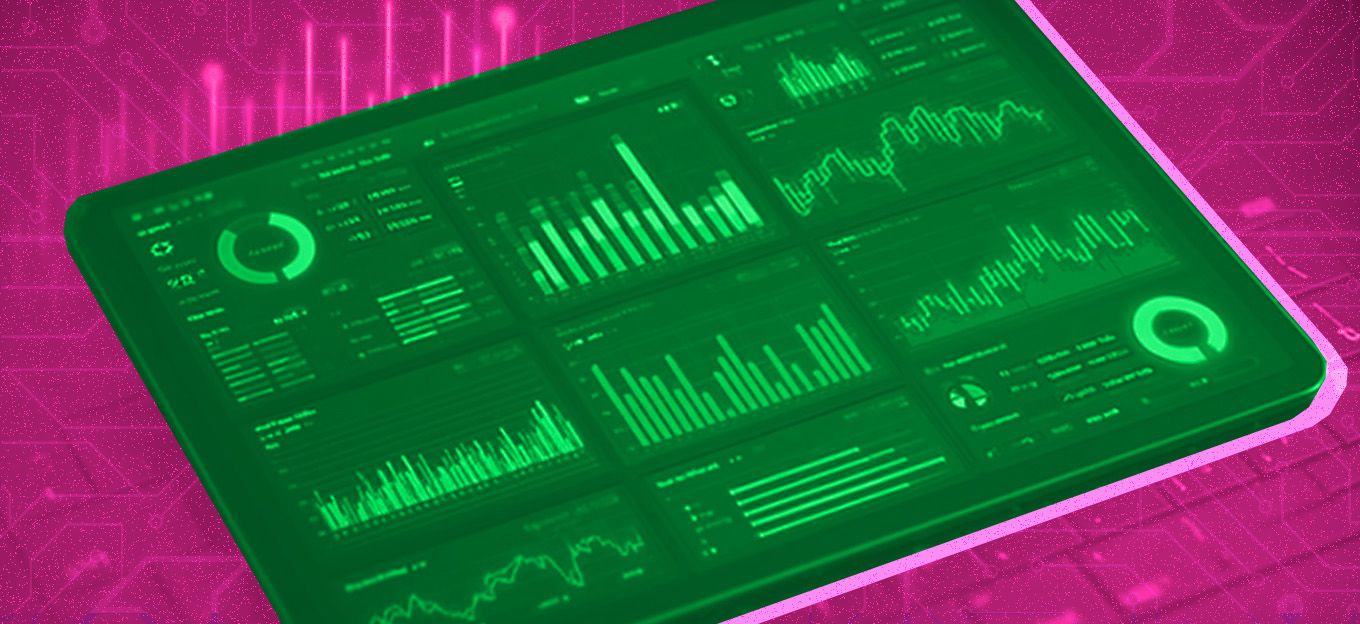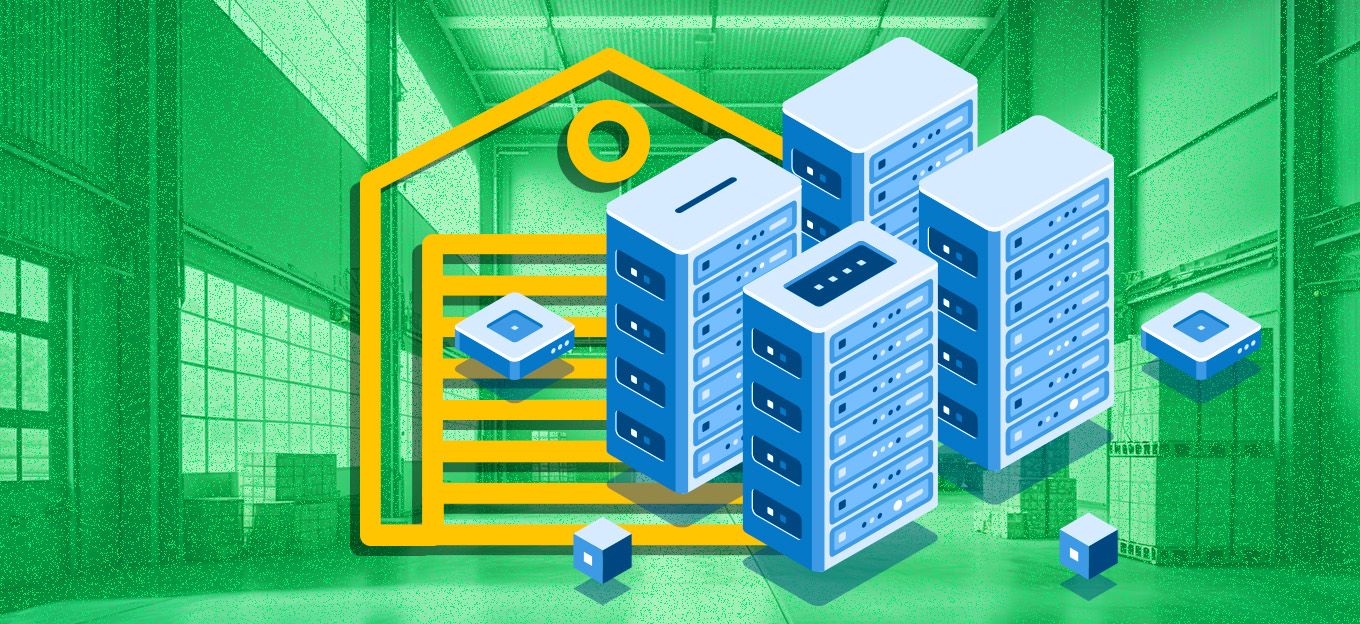How Big Data and IoT Are Connected
How Big Data and IoT Are Connected
- Last Updated: December 2, 2024
Guest Writer
- Last Updated: December 2, 2024



Big data and the Internet of Things (IoT) are inherently connected. In this article, you'll receive a quality overview of how the relationship between the two functions.
Big Data
Big data as a term and a field, has been around for some time. It relates to the ways in which we study, analyze and process data sets that are too large to be handled by traditional data-processing software. Data can be described as ‘big’ when it demonstrates the four ‘V’ qualities: veracity (accuracy), velocity (speed), volume (size) and variety (both structured and unstructured). IoT, on the other hand, came much later and relates to devices, data and marrying them together. This area looks at making devices ‘smart’ (anything from watches to kettles) and collecting data about their performance or usage to influence consumer behavior.
With the online world growing larger every day, more people are becoming connected resulting in a corresponding growth in the influx of data that is produced. Instead of this data floating purposelessly around in the ether, big data (as a field of study and behaviour) supports this information by finding the value in it.
IoT and the Flow of Communication Data
The world of IoT involves the development of gadgets, devices, wearables, and machines that can connect to one another and communicate data to and through each other. As it’s no longer only humans interacting with technology that creates data, we can now begin to see how data is getting bigger. Your fridge and your coffee maker will one day talk to each other to inform you that you don’t have any milk. Big data will provide that valuable result.
With the online world growing larger every day, more people are becoming connected resulting in a corresponding growth in the influx of data that is produced.
Sensors upon sensors will crop up in all sorts of technologies if they aren’t already. Gigabytes and terabytes of information will whizz between devices at a frightening speed and big data technologies will work even harder to store, process and take value from the collected yet often unstructured sensory information. End-points from numerous locations will knowingly unlock an almost unlimited amount of data, what happens to that data will be considered by those who work in the IoT and big data industries.
Who Wins from the Connection Between IoT and Big Data?
The result of this interaction will create two likely winners. Firstly, the businesses that can profit from the information provided, and the end-user who has better information to act on. Ultimately, businesses that are seeking to implement IoT into their products are also seeking greater profits, more productivity, higher efficiency and reduced costs. The development of big data technologies works in favor of IoT companies, with both seeking to strategize the ways in which we see and utilize data sets. As for the customer or end-user, they will (if they aren’t already) benefit from the provision of greater useful information, as well as improved customer service and experiences. It might seem quite dystopian for your devices to know a great about you and your behaviors, but that is the future of this technology. Your devices will work together to inform you of relevant information, and in turn, your decision-making and spending habits will change.
How Big Data and IoT Are Connected
Chips, sensors and the internet. Without these three necessities, products cannot join the internet of things. However, even without the internet of things, big data will continue to exist, and so the key takeaway information you need from this article is that whilst these two fields do interact with each other, they are totally different concepts and are applied to different situations.
The Most Comprehensive IoT Newsletter for Enterprises
Showcasing the highest-quality content, resources, news, and insights from the world of the Internet of Things. Subscribe to remain informed and up-to-date.
New Podcast Episode

IoT and AI in 2026
Related Articles





